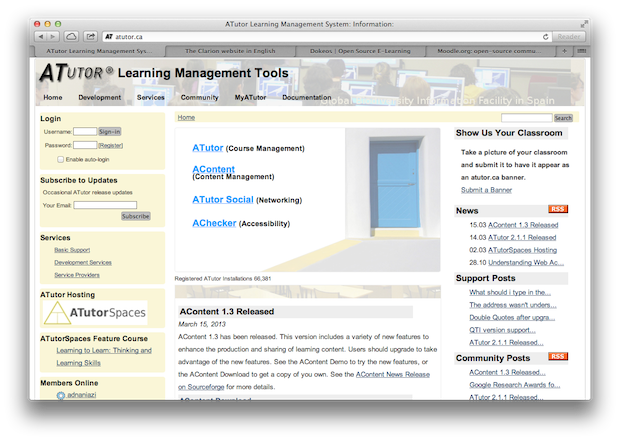

(Effect sizes greater than 0.3 standard deviations are considered to be large impacts, especially in the context of education interventions.) This impact translates to a student advancing from the 50th percentile to nearly the 66th percentile. Program effectiveness: Across all studies included in this analysis, tutoring programs consistently lead to large improvements in learning outcomes for students, with an overall pooled effect size of 0.37 standard deviations.The review identifies valuable insights and trends across five categories. The magnitude and consistency of the findings point to tutoring as one of the most agreed-upon and impactful tools available to educators for improving student learning.

The meta-analysis finds that tutoring programs have consistently large, positive impacts on students across this range of program aspects. Drawing primarily from research in high-income countries, this publication examines the effectiveness of tutoring programs across a variety of characteristics, including tutor type, subject, student grade, and others. J-PAL North America’s new publication, “ The transformative potential of tutoring for PreK-12 learning outcomes: Lessons from randomized evaluations,” summarizes a meta-analysis of 96 randomized evaluations of different tutoring programs. Rigorous research indicates that tutoring - supplemental one-on-one or small group instruction - may be one of the most effective tools they can employ. Policy and education officials must be proactive in identifying strategies to combat the growth of preexisting inequities and gaps in educational access and achievement. Remote learning, decreased instruction time, and fewer opportunities for personalized interactions with teachers have set the stage for widespread learning loss, also referred to as the “Covid-19 slide.” These risks are greatest for low-income students, students of color, and students who were already in need of additional support before schools closed their doors.Īs the education system works to stabilize and adapt, addressing learning loss must stay at the forefront of the conversation.

The current pandemic has led to unprecedented disruptions in student learning in the United States.


 0 kommentar(er)
0 kommentar(er)
